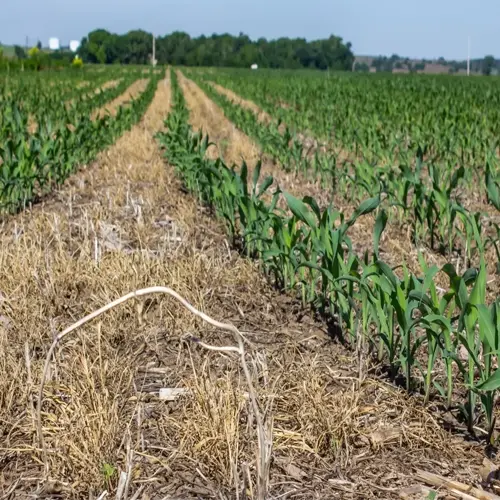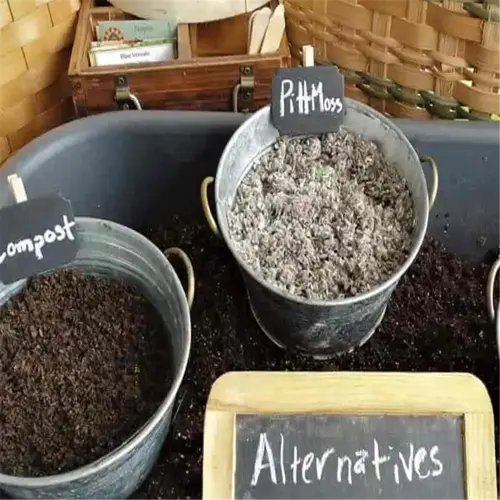Do fall-planted bulbs need special fertilizer?

Written by
Michael Sullivan
Reviewed by
Prof. Samuel Fitzgerald, Ph.D.Bulbs remain capable of storing energy and will benefit from specific feeding. For example, I once treated a client's daffodils with high-nitrogen fertilizer. They produced excellent foliage, but no flowers at all! I now recommend feeding them with 10-10-10 granular fertilizer when planting them to support the roots. Scratch it into the very bottom of the hole before sticking in the bulbs.
Organic Options
- Compost tea: Apply at planting and mid-spring
- Worm castings: Mix 20% into backfill soil
- Bone meal: Only effective in acidic soils (pH <7)
- Kelp meal: Boosts root growth in cold soils
Synthetic Formulas
- 10-10-10: Standard for most bulbs
- 5-10-5: Better for phosphorus-loving tulips
- Slow-release capsules: Last 4-6 months
- Liquid 15-30-15: Spring growth booster
Soil pH governs the effectiveness of fertilizer. Bone meal has no effect when the pH is above 7.2, which is quite common in western states. I continue to do soil testing each year for all my clients. One of the clients, a gardener in Arizona, switched to sulfur-coated urea after having no luck with bone meal. The following spring, her tulip blooms doubled.
Fall Feeding
- Mix granular fertilizer into planting hole
- Avoid direct bulb contact
- Water thoroughly post-application
- Top-dress with 1" compost
Spring Care
- Apply liquid feed as shoots emerge
- Use low-nitrogen formulas
- Side-dress existing plantings
- Stop fertilizing when flowers open
A frequent error? Over-fertilizing. More is not better. I typically recommend 1 tablespoon per bulb for standard 10-10-10. Of course there are specific exceptions - sandy soils require at least 25 percent more, while clay soils require at least 15 percent less. Document your experience in a garden journal to help you refine your process.
Read the full article: 7 Essential Tips to Plant Bulbs This Fall

